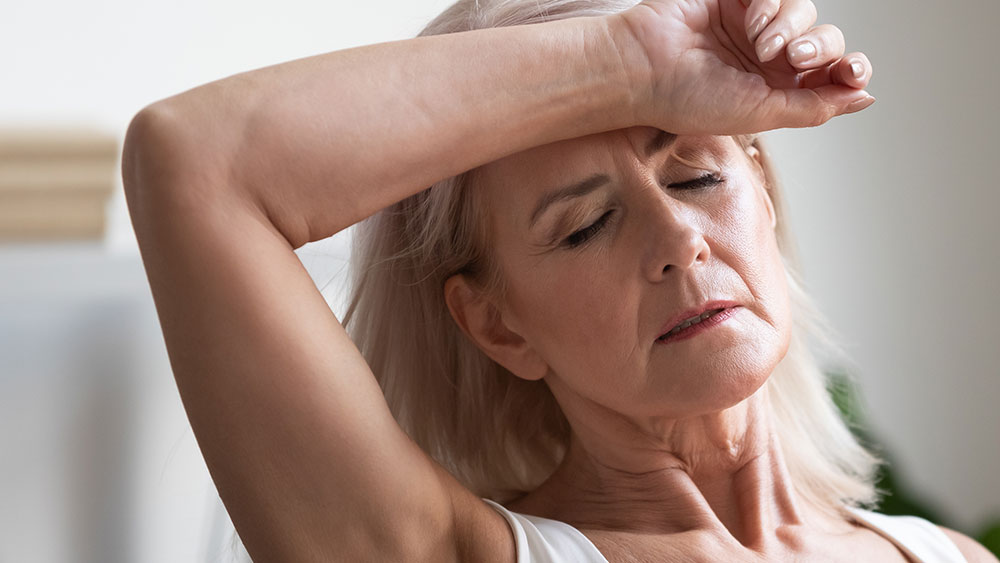Table of contents
Fluid retention and edema, or swollen legs or swollen hands in older people can be worrying in old age, and in many cases are a common reason to go to the doctor. It is very common for this condition, better known as fluid retention or edema, to have a greater impact on older adults. That is why, at Nomenial, we want to help to identify the origin of this condition, through the explanation of: the symptoms, and the causes and possible treatments to prevent the fluid retention in older adults.
Symptoms of fluid retention in older adults
One of the most common symptoms of fluid retention in older adults is increased volume in the extremities. This condition manifests itself through swelling of the feet and ankles. And, at other times, we can also find ourselves with swollen hands and swollen fingers. This type of edema is very common in older adults and is usually called regional edema, because it occurs in one limb of the body. Although we can also find a general edema that affects the whole body.
In addition to these symptoms we can also find
Redness in the skin or itching.
Cramps or tingling in the legs.
Tiredness and fatigue during daily tasks.
Increased sensitivity in the affected extremities.
Possibility of varicose veins.
Having a general feeling of heaviness that limits mobility.
Increased swelling during the day.
Why do older people’s ankles and legs swell?
It is very common for older people to have more fluid retention in their lower extremities. For this reason, leg swelling in older people is due to poor circulation caused by habitual posture. This posture, whether standing up or seated, causes blood to accumulate more quickly in the lower part of the body, and this stimulates the appearance of edema.
How can I know if I have fluid retention?
To recognize an edema, we have to observe the area or limb where we find that the volume is somewhat increased. If it is an edema, the skin will look shiny or will appear stretched. It is then when we will have to press with the finger the affected area. If we observe that the fingerprint is disappearing little by little, then we can confirm that it is an edema. The most recommendable thing is to go to the doctor as soon as possible for its diagnosis.
Causes of fluid accumulation in older adults
Normally, fluid retention is more frequent in women, especially pregnant or menopausal women, than in men. Edemas can appear at any age but they have a greater impact on the older adult population. Hormonal changes are one of the main causes in which this condition appears. But the most common causes of fluid accumulation that we can find in older adults are:
Unhealthy food.
Little physical activity.
Increase in blood pressure.
Having an unhealthy weight.
Abuse of salt at meals.
Circulatory disorders or venous insufficiency.
Liver, kidney and heart problems.
Complications in the lymphatic system.
Practical tips for caring for seniors with fluid retention
As it is a very common pathology among older adults, we have to take into account that just going to the doctor is not enough. It is necessary to have some care at home and we have to start some appropriate habits for the evolution of the edema.
On the one hand, older adults must have a healthy diet because it is essential to eliminate the edema. The guidelines to follow are:
Consume a minimum of two liters of water per day.
Cut down on salt consumption.
Increase the consumption of fruits, vegetables and legumes.
Avoid fried foods.
Try not to eat fatty foods (cured cheeses, sausages and whole milk products).
Use spices or aromatic herbs to give a better taste to the dishes.
On the other hand, physical exercise helps a lot to improve the swelling of the legs or feet. But for physical exercise to work, a good diet is necessary.







